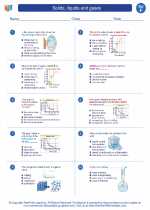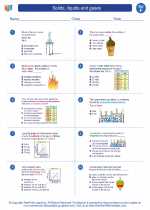Cooperation in Science
Cooperation in science refers to the interaction and collaboration between different organisms, cells, or components of a system to achieve mutual benefits. It is a fundamental concept in biology and ecology, and it plays a crucial role in the functioning of ecosystems and the survival of species.
Types of Cooperation
- Mutualism: In mutualistic relationships, two or more species benefit from their interactions. For example, bees and flowers engage in mutualism through pollination and nectar collection.
- Commensalism: In commensal relationships, one organism benefits while the other is neither helped nor harmed. An example is epiphytic plants that grow on trees without causing harm to the host.
- Cooperative Behavior: Within a species, individuals may cooperate to achieve common goals, such as in social insects like ants and termites, where members work together for the survival of the colony.
Importance of Cooperation
Cooperation is essential for the stability and functioning of ecosystems. It promotes biodiversity, helps in the transfer of energy and nutrients, and contributes to the overall resilience of ecological communities. Additionally, cooperation allows organisms to access resources, defend against predators, and adapt to environmental changes more effectively.
Study Guide
To understand the concept of cooperation in science, it is important to:
- Study examples of mutualistic and commensal relationships in nature, and analyze the benefits and interactions between the species involved.
- Examine the behavioral and physiological adaptations that enable organisms to cooperate, such as communication systems in social animals or specialized structures in mutualistic relationships.
- Explore the ecological consequences of cooperation, including its impact on population dynamics, community structure, and ecosystem functioning.
- Investigate the evolutionary aspects of cooperation, including the role of natural selection and the development of cooperative strategies over time.
By delving into these key aspects, students can gain a comprehensive understanding of cooperation in science and its significance in the natural world.
[Cooperation] Related Worksheets and Study Guides:
.◂Science Worksheets and Study Guides Sixth Grade. Solids, liquids and gases

 Activity Lesson
Activity Lesson
 Worksheet/Answer key
Worksheet/Answer key
 Worksheet/Answer key
Worksheet/Answer key
 Worksheet/Answer key
Worksheet/Answer key
 Vocabulary/Answer key
Vocabulary/Answer key
 Vocabulary/Answer key
Vocabulary/Answer key
